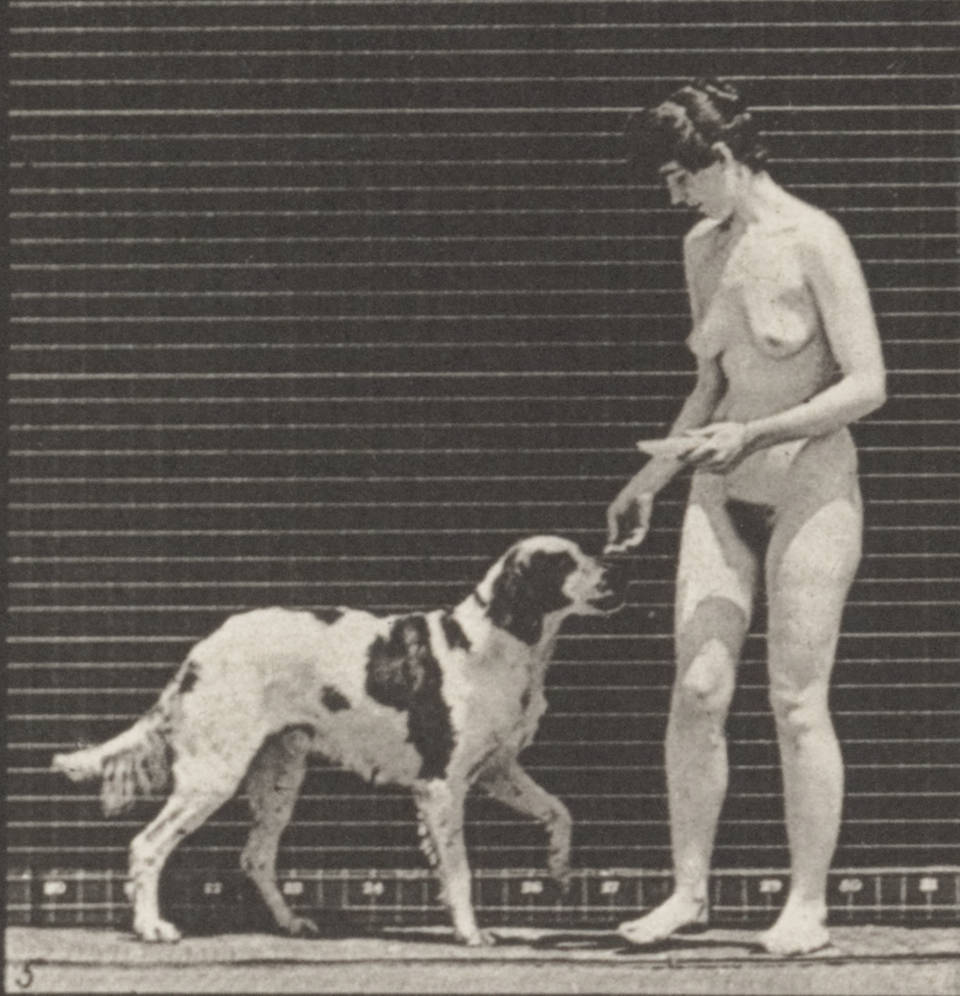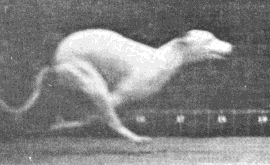About a year ago, a Pittsburgh hospital announced it would begin using suspended-animation techniques to stave off imminent death for gunshot and stabbing victims, keeping them barely alive until they could be saved. Heart-attack sufferers would also be naturals for such a treatment, though it’s a tricky procedure, and we’re still in a pioneering phase despite efforts in this area over the course of centuries. From Rene Ebersole at Nautilus:
The bags are packed, the car is loaded, and the neighbor will pick up the mail. Now there’s just one last thing to do before heading out the door for vacation: It’s time to turn off the dog.
You lead Sparky to his fluffy bed inside a small chamber filled with a continuous stream of hydrogen sulfide gas. While you’re away, he’ll stay—completely still. No breath. No pulse. But Sparky’s neither sleeping, nor dead. He is in a state of suspended animation, as if you simply put his body on pause. And when you return home, he’ll reboot back to normal in the fresh air.
This slightly unnerving scenario belongs to Mark Roth, a biomedical scientist at Fred Hutchinson Cancer Research Center in Seattle, Washington. The good-natured Roth offers it not as a business plan for futuristic pet care, but as an example of how suspended animation, a process in which he specializes, may work.
Roth’s real aim is to create life-saving medical procedures that would improve recoveries from heart attacks or decrease the collateral tissue damage caused by tumor irradiation. “I think the beginning is not pets on the weekend; it’s the heart attack you’re having right now,” he says. Right now his primary goal is to prove that suspended animation offers “irrefutable benefits for people who would otherwise be dead.” …
Current research into suspended animation builds upon hundreds of years of science that began in the 1660s with chemist Robert Boyle using carbon dioxide to alter the state of animation in honeybees. In the 1820s, physician Henry Hill Hickman found that carbon dioxide and nitrogen oxide could make it possible to painlessly amputate animals’ limbs. At the time, his contemporaries deemed his theories “surgical humbug,” but after his death, Hickman was declared one of the fathers of modern anesthesiology, now used for everything from root canals to cancer care.
“As a scientist, I’m no different from Boyle or Hickman, or whoever, attempting to understand the full range of animation,” Roth says. But he aims to go beyond reducing pain and consciousness. He wants to perfect the means by which it’s possible to let a person nearly die, treat them for a serious injury, then bring them back to life—Frankenstein style.
There are dangers involved with his research.•
Tags: Henry Hill Hickman, Mark Roth, Rene Ebersole, Robert Boyle


